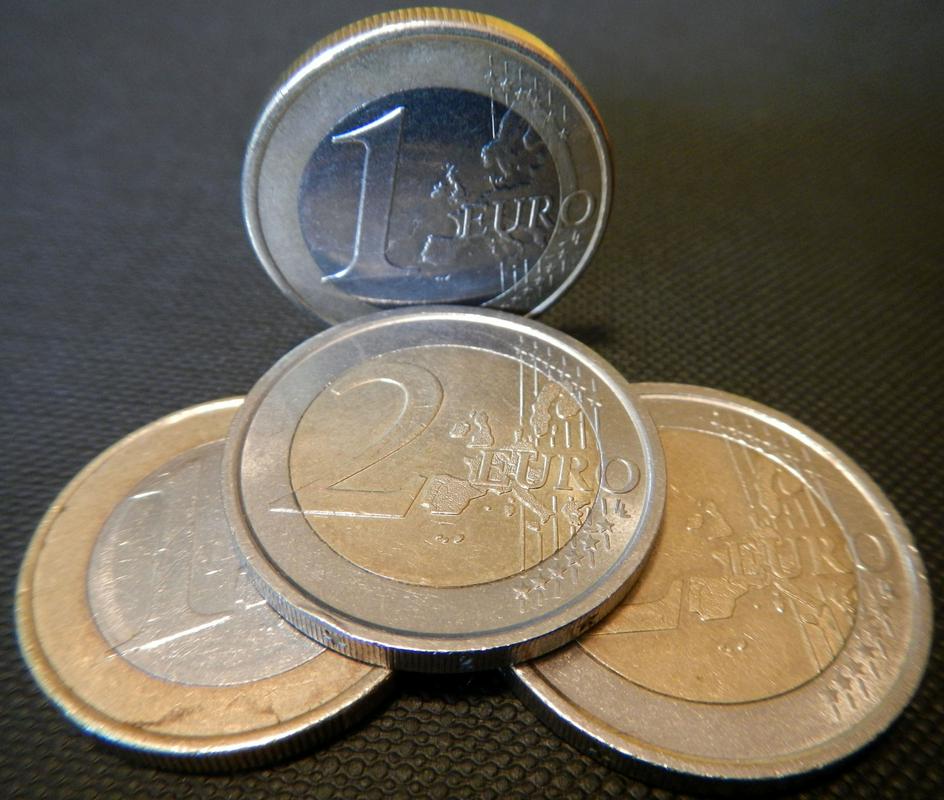The euro had been introduced in the form of seven banknotes and eight coins. The implementation of the single European currently has been the biggest substitution of money in the world’s history.
Euro zone initially comprised Austria, Belgium, Finland, France, Greece, Ireland, Italy, Luxembourg, the Netherlands, Germany, Portugal and Spain. On 1 January 2007, Slovenia joined the euro zone as the first among the so-called “new” member states of the European Union.
A few interesting facts about Slovenia and the euro:
Prior to the adoption of the common European currency, Slovenia was required to fulfil several conditions aimed at ensuring the stability of public finances, prices, interest rates and the exchange rate. The exchange rate for the substitution of the Slovenian tolar (SIT) with the euro stood at 239,64 SIT = 1 EUR.
In order to implement the new currency, Slovenia placed the following order with the European Central Bank (ECB):
- 296.3 million euro coins worth 103.9 million euros and weighing 1,665 tons,
- 94.5 million euro banknotes worth 2.2 billion euros and weighing 76 tons.
The amount equalled 147 coins and 47 banknotes or nearly 1,150 euros per one Slovenian citizen.
Changes through the time
A comprehensive comparison of product and service cost indicates that some prices have risen quite substantially throughout the years since the adoption of the euro in Slovenia. For example, the price of a served cup of coffee has increased by 48 per cent, a litre of beer by 42 per cent and female hair styling by 29 per cent.
On average, a cup of coffee cost 81 cents in 2006 and 1.2 EUR in 2015. An average annual net salary could buy 955 cups of coffee in 2006 and only 844 cups in 2015.
Tina Hacler, MMC; translated by K. Z.


































































